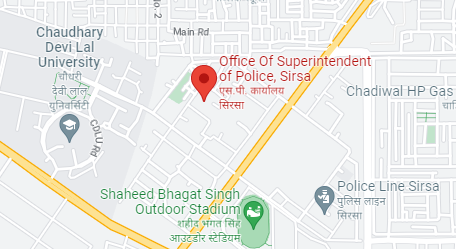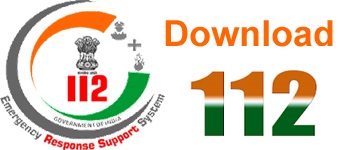|
|
-
All Haryana Police stations
-

-

-

|
Important Phone No. / Helpline
| Police Assistance |
100 / 112 |
| Women Helpline |
1091 |
| Children Helpline |
1098 |
| Cyber Crime Complaint |
1930 |
| Traffic Helpline |
1073 |
| Police Control Room |
01666-247811 |
|
88140-11628 |
Superintendent of Police, Mini Secretariat, Sirsa
|
|

|

|
| Name |
Contact No. |
| Asst. SP, Sirsa |
88140-11601 |
| HPS DSP HQ Sirsa |
88140-11602 |
| HPS DSP Ellenabad |
88140-11604 |
| HPS DSP Sirsa-1 |
88140-11603 |
|
|
|

|
-

Dr. Mayank Gupta,
IPS
Superintendent of Police, Sirsa
|
|

|
|
|
|
|

|

|
|

|
|

|
|

|
|
|